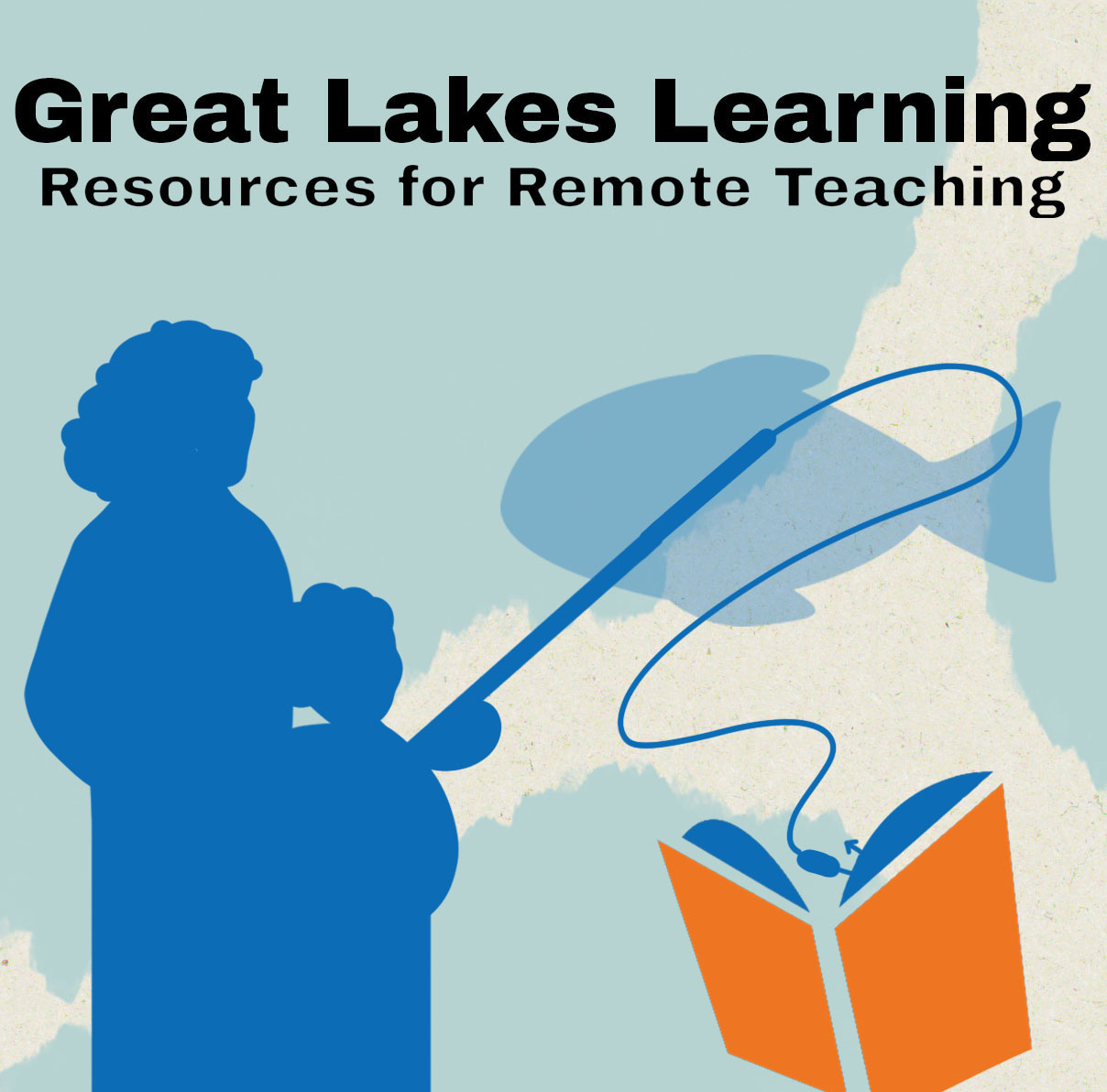
 As the author of Great Lakes Now’s collection of lesson plans, educational consultant Gary Abud Jr. is now providing more support for parents, teachers and caregivers who want to incorporate Great Lakes learning into their time with children and students.
As the author of Great Lakes Now’s collection of lesson plans, educational consultant Gary Abud Jr. is now providing more support for parents, teachers and caregivers who want to incorporate Great Lakes learning into their time with children and students.
Find the lesson plans and the virtual field trip online HERE.
Raise your hand if your professional, personal or academic life was upended in the last week.
Yeah, we’re all pretty much there, aren’t we? Remote work and life.
But one domain of life that’s been especially impacted by the coronavirus pandemic has been education. Whether you’re a teacher in school or a parent trying to be a teacher at home, there’s no shortage of remote learning resources from organizations and individuals out there to help you figure out the how of remote teaching.
One thing that seems to have been overlooked, conspicuous by its absence in the conversation about remote learning, is what to teach during remote learning times.
While some schools keep on pushing on with their existing curricula, other schools don’t have learning management systems set up to deliver remote instruction. That means that it can fall on parents, teachers and students to figure out what to teach to make up the difference.
As for what to teach these days, we have a great answer—the Great Lakes!
One of the most all-around fascinating topics to study is the Great Lakes. They can connect to so many subject areas that make it a learning experience the whole family (or class) will love.
So why not learn about the Great Lakes using free learning resources available from Great Lakes Now?
There is a collection of 28 (and counting) engaging STEAM lessons all about the Great Lakes, featuring content from Great Lakes Now and other public television sources, to engage learners in the social studies and scientific exploration of the Great Lakes.
The collection is divided into two sets, the first of which addresses the structure, function and formation of the Great Lakes and the second of which focuses on the threats to the ecosystems from pollution, invasive species and climate change.
Each lesson includes an intuitive sequence of video clips, discussion and hands-on activities to help students experience, participate and connect with the learning.
If you use them, we’d love to hear from you – share with us on Facebook or Twitter.
Featured Image: Gary Abud, Jr., Photo courtesy of Gary Abud Jr.
More resources from Great Lakes Learning:





